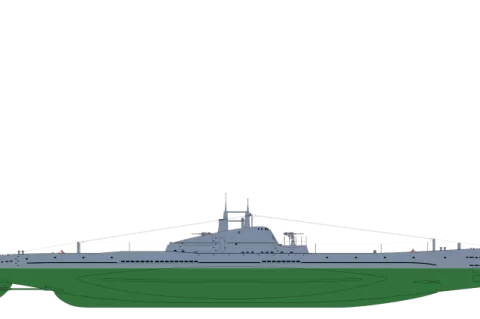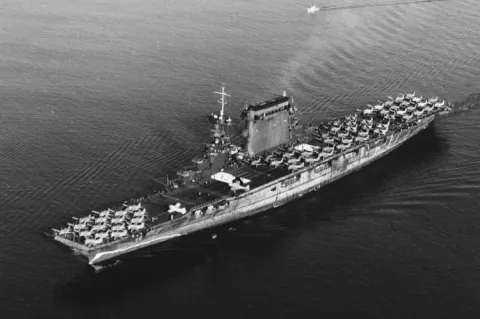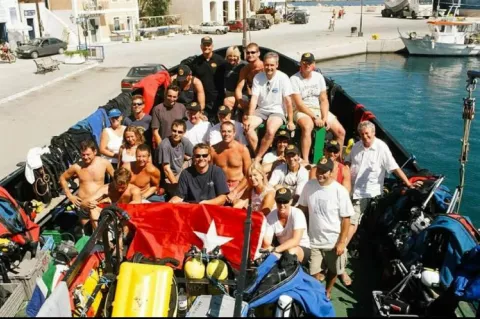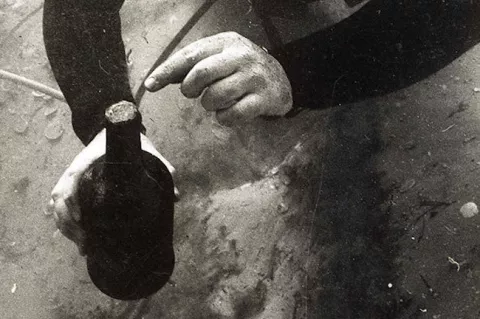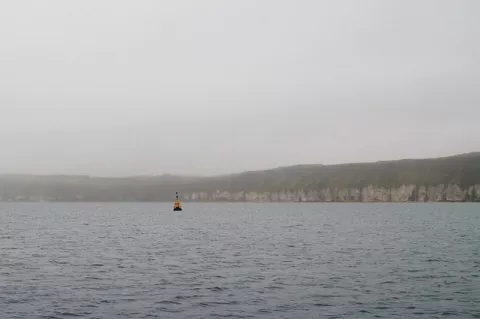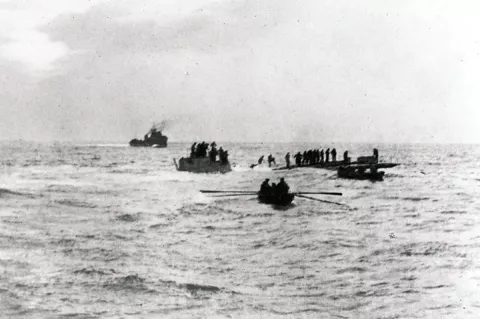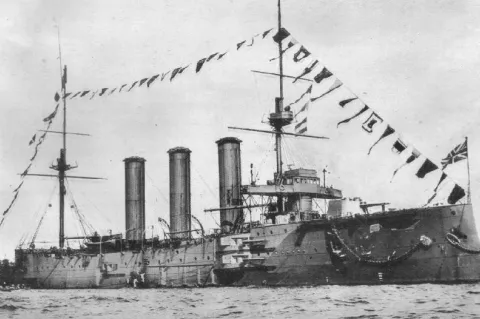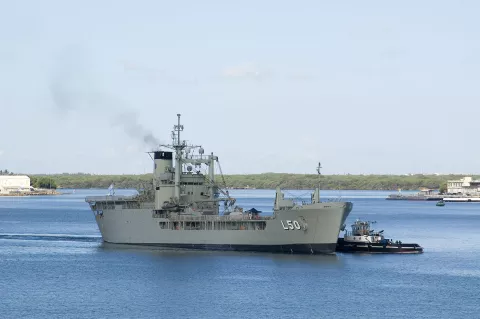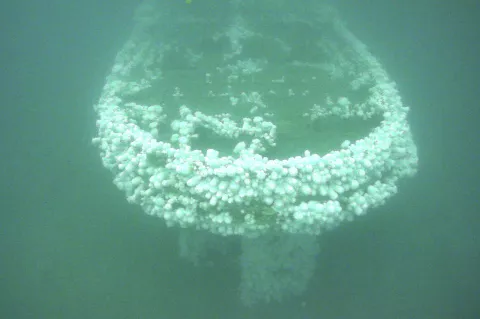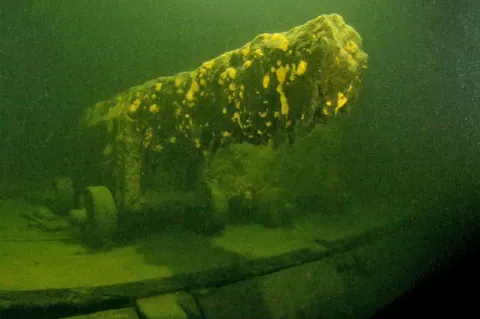Soviet Sub found and identified
According to Wallin's report, UMEX (Underwater Exploration Team) found and identified Sch-317 yesterday, 2 May 2018.
This Soviet submarine lies at 78 meters / 255 ft between Gogland (Suursaari) and Tuiters (Tytärsaari) in the east part of the Gulf of Finland in Russian waters.
Sch-317 was sunk in 1942 by a German mine after surviving several attacks by allies that included bombing the Swedish coast.
The submarine's final resting place is near her home port.

